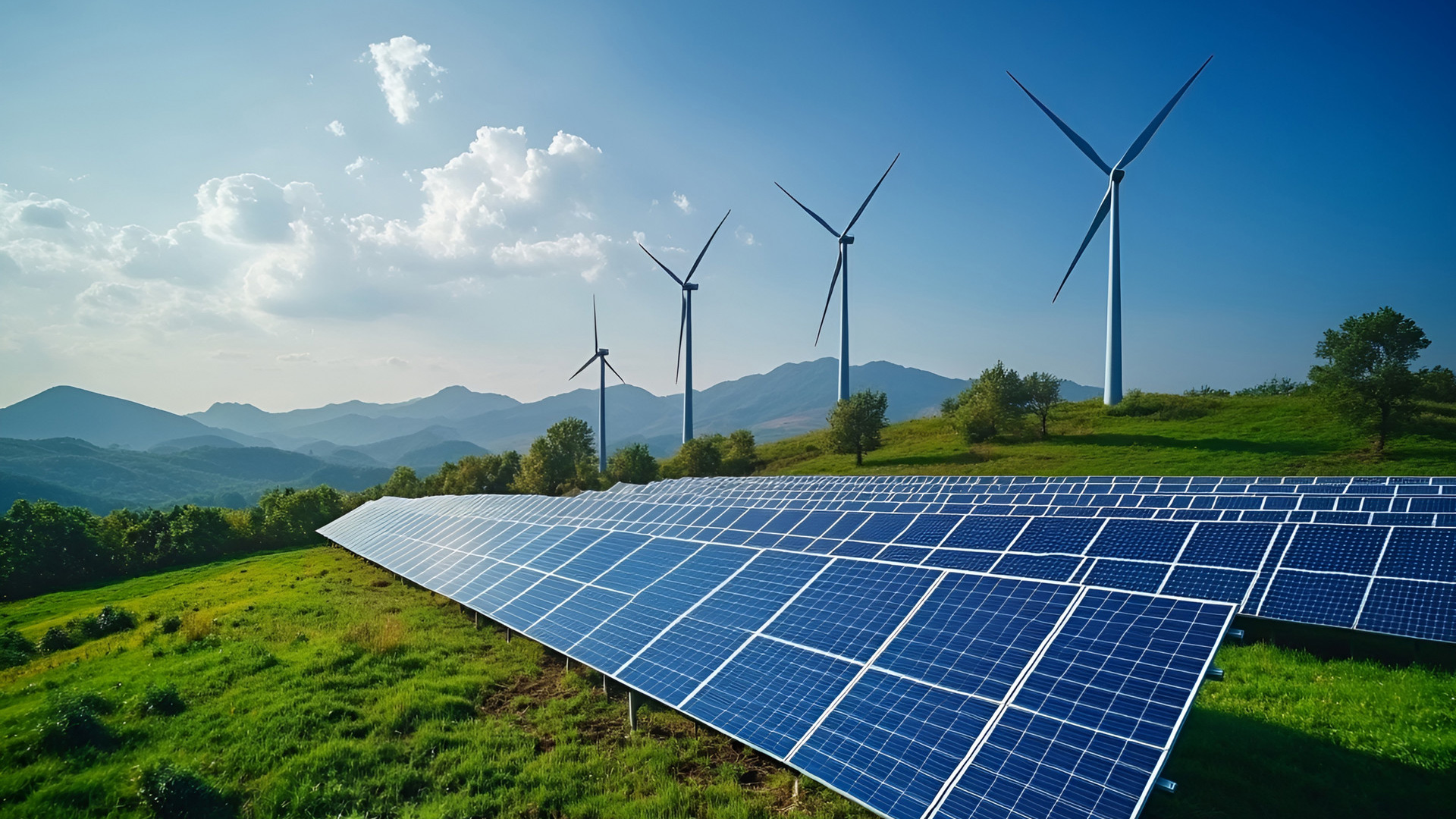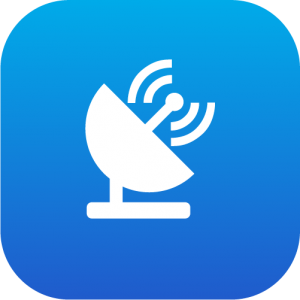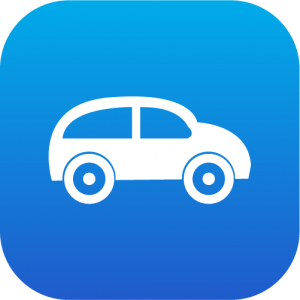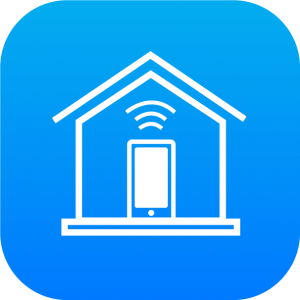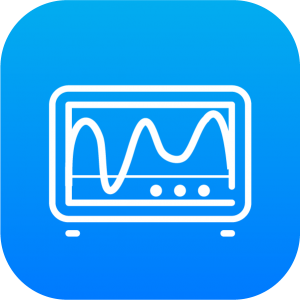The Role of the IoT in Renewable Energy
The IoT refers to a vast network of connected devices that communicate with each other and gather and share data. When applied to renewable energy systems, IoT devices enable operators to monitor energy production, optimize energy usage, and manage energy storage more effectively. By integrating smart sensors, meters, and automated systems, the IoT helps bridge the gap between variable energy production and steady consumer demand.
Renewable energy systems often require real-time adjustments to deal with changes in environmental conditions such as sunlight, wind, and temperature. IoT devices provide valuable insights by constantly collecting data, which is then analyzed to make informed decisions that improve performance. Whether in solar farms or wind turbines, the IoT enhances efficiency, reduces costs, and increases the overall reliability of green energy infrastructure.
Optimizing Energy Production
One of the most important contributions of the IoT in renewable energy systems is the ability to optimize energy production. For renewable energy sources like solar and wind, production levels fluctuate based on weather patterns and environmental conditions. IoT devices help mitigate this variability by offering real-time monitoring and control.
1. Solar Energy Optimization
In solar energy systems, IoT devices can be deployed to monitor individual panels’ performance. Smart sensors attached to solar panels collect data on sunlight exposure, temperature, and efficiency, allowing operators to adjust angles or clean panels to maximize energy capture. IoT-enabled solar tracking systems can even automatically adjust the positioning of panels to follow the sun, ensuring maximum energy generation throughout the day.
Moreover, IoT systems provide detailed diagnostics, alerting operators to any malfunction or drop in performance. This early detection enables quick interventions, minimizing downtime and maximizing output. In large solar farms, IoT-based monitoring systems can manage vast arrays of panels, providing operators with centralized control over energy production.
2. Wind Energy Management
In wind farms, IoT sensors are used to monitor wind speed, turbine performance, and weather conditions. The IoT allows for real-time adjustments to turbine blades, optimizing their position to capture the maximum amount of wind energy. Additionally, IoT systems can collect data on turbine vibrations and mechanical health, predicting maintenance needs before failures occur.
Predictive maintenance powered by IoT devices not only increases turbine uptime but also reduces the costs associated with unexpected repairs and maintenance downtime. By keeping wind turbines operating at peak performance, IoT-driven wind farms can produce more consistent and efficient power.
Energy Storage and Grid Management
While renewable energy sources are crucial to reducing our dependence on fossil fuels, they also face the challenge of intermittency. Solar panels generate energy when the sun is shining, and wind turbines produce power when the wind is blowing. However, energy demand doesn’t always align with energy production, making energy storage and grid management essential components of a sustainable energy ecosystem.
1. Energy Storage Solutions
IoT technology enhances the efficiency and reliability of energy storage systems, such as batteries, by monitoring their status in real-time. IoT-connected storage systems analyze data on energy supply and demand, optimizing when and how energy is stored and released back into the grid. This real-time management ensures that excess energy produced during periods of high generation, such as sunny or windy days, can be stored and used during peak demand or when production is low.
By improving energy storage efficiency, the IoT helps stabilize energy grids, allowing for more reliable integration of renewable energy sources into national and regional power systems. This ensures a steady, uninterrupted flow of electricity, reducing the need for backup power from non-renewable sources.
2. Smart Grid Integration
The IoT is also playing a pivotal role in the development of smart grids—advanced energy networks that manage electricity flow with greater flexibility and precision. Smart grids, equipped with IoT sensors and data analytics platforms, allow for two-way communication between energy producers and consumers, enabling a more responsive and adaptable energy distribution system.
Smart meters, for example, provide detailed insights into household or industrial energy consumption, allowing utilities to adjust supply in real-time to meet demand. In a renewable energy context, smart grids can prioritize energy from green sources, dynamically adjusting the flow of electricity from solar farms, wind farms, or energy storage systems based on availability.
Furthermore, smart grids can help smooth out fluctuations in renewable energy generation by rerouting energy, preventing overloads, and minimizing waste. IoT-enhanced smart grids improve energy reliability, reduce transmission losses, and lower the cost of integrating renewable energy into existing infrastructure.
The Future of Green Energy with IoT
The IoT’s impact on renewable energy is expected to expand as technology continues to evolve. With increasing connectivity and advanced data analytics, IoT systems will become even more integrated into renewable energy infrastructure, enabling better decision-making and more efficient energy use. Here are a few ways the IoT could shape the future of green energy:
1. AI and Machine Learning for Predictive Analytics
The IoT, combined with AI and machine learning, has the potential to revolutionize predictive analytics in renewable energy. AI can analyze historical data collected by IoT sensors to predict energy production based on weather forecasts, consumption patterns, and grid demand. These predictive capabilities enable energy providers to optimize energy production and storage in advance, ensuring that renewable energy systems operate at maximum efficiency.
For example, AI-powered systems could predict how much energy a solar farm will generate on a given day and adjust storage strategies or grid distribution accordingly. Predictive analytics can also forecast equipment failures or inefficiencies, enabling proactive maintenance and preventing costly downtime.
2. Autonomous Energy Systems
As IoT and AI technologies continue to mature, autonomous energy systems could become a reality. These systems would have the capability to self-monitor, self-adjust, and even self-repair, reducing the need for human intervention. For instance, an autonomous wind farm could automatically adjust turbine blades to optimize energy capture, schedule maintenance based on sensor data, and communicate directly with the energy grid to balance supply and demand.
Autonomous energy systems would enhance the resilience and scalability of renewable energy infrastructure, making green energy more viable on a global scale.
3. Decentralized Energy Networks
The IoT could also facilitate the development of decentralized energy networks, where consumers generate, store, and distribute their own renewable energy. Known as microgrids, these systems allow homes, businesses, and communities to produce and consume energy locally. IoT devices would enable seamless communication between microgrids, ensuring efficient energy sharing and reducing reliance on centralized energy providers.
Decentralized energy networks could empower individuals and communities to take control of their energy consumption, leading to more sustainable and resilient energy systems.
Conclusion
The Internet of Things is playing a vital role in the advancement of renewable energy systems by improving efficiency, reducing costs, and ensuring reliable energy supply. Through real-time monitoring, smart grid integration, and predictive analytics, IoT technology is making green energy more accessible and dependable. As the renewable energy sector continues to grow, the IoT will be essential in driving innovation and enabling a more sustainable energy future.
With continued advancements in AI, data analytics, and automation, the IoT will remain a critical enabler of renewable energy systems that can adapt to changing conditions, optimize energy production, and create smarter, more resilient energy networks. The combination of IoT and green energy is not just about powering homes and businesses—it’s about shaping a future that is sustainable, efficient, and increasingly powered by clean energy sources.
——source: https://iot.eetimes.com/
